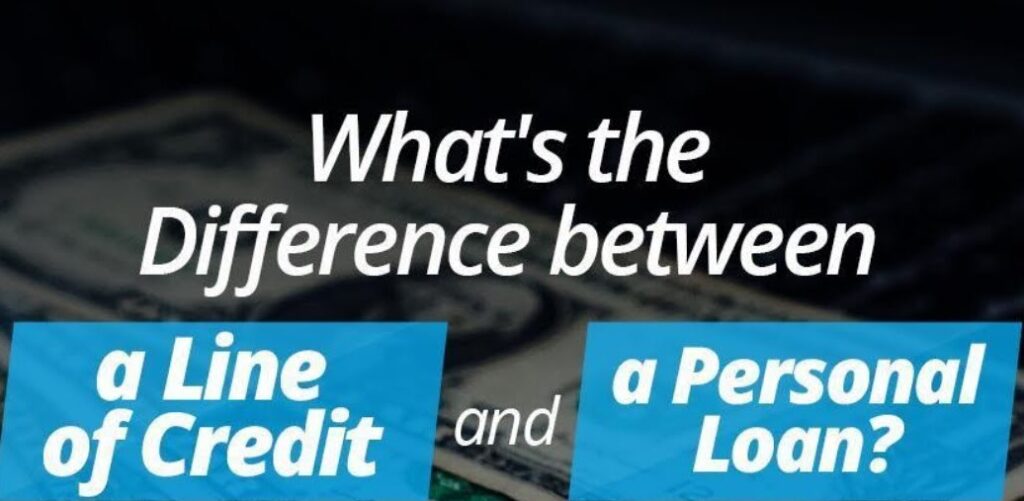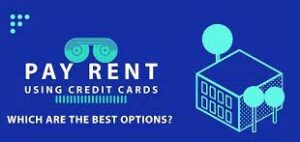Difference Between Loan and Credit Explained

A loan and credit are both financial products that provide access to funds, but they differ in some key ways
- Definition: A loan is a fixed amount of money that is borrowed and must be repaid over a predetermined period with interest. Credit, on the other hand, is a line of credit or revolving credit that allows borrowers to access funds up to a certain limit, with interest charged on the amount borrowed.
- Repayment: With a loan, the borrower is expected to make regular payments over a set period until the loan is fully repaid. With credit, the borrower can access funds up to a certain limit and is expected to make regular payments on the amount borrowed, but they have the flexibility to borrow again once they have paid off the amount borrowed.
- Interest Rates: Interest rates for loans are generally fixed or variable, and are usually higher than credit interest rates. Credit interest rates are often variable and may be lower than loan interest rates.
- Purpose: Loans are generally used for specific purposes, such as buying a car, financing a home or education, while credit is often used for ongoing expenses or unexpected expenses.
- Terms and Conditions: Loans have specific terms and conditions, including repayment periods, interest rates, and fees, while credit terms and conditions may vary based on the lender and the borrower’s creditworthiness.
| Loan | Credit |
|---|---|
| A fixed amount of money borrowed | A line of credit or revolving credit |
| Repaid over a predetermined period with interest | Access to funds up to a certain limit, with interest charged on the amount borrowed |
| Regular payments made until the loan is fully repaid | Regular payments made on the amount borrowed, with the flexibility to borrow again once paid off |
| Interest rates are generally fixed or variable, and are usually higher than credit interest rates | Interest rates are often variable and may be lower than loan interest rates |
| Generally used for specific purposes, such as buying a car, financing a home or education | Often used for ongoing expenses or unexpected expenses |
| Specific terms and conditions, including repayment periods, interest rates, and fees | Terms and conditions may vary based on the lender and the borrower’s creditworthiness |
| Ideal for one-time expenses | Better suited for ongoing or unplanned expenses |
Loans:
- There are different types of loans available, including secured loans, unsecured loans, and personal loans.
- Secured loans require collateral, such as a home or a car, which the lender can repossess if the borrower fails to make the loan payments.
- Unsecured loans do not require collateral, but they often have higher interest rates than secured loans because they are riskier for the lender.
- Personal loans are typically unsecured loans that can be used for a variety of purposes, such as consolidating debt or paying for a wedding.
Credit:
- Credit is often provided through credit cards, lines of credit, and overdraft protection.
- Credit cards allow the borrower to make purchases up to a certain credit limit, and interest is charged on the amount borrowed if it is not paid off in full by the due date.
- Lines of credit provide the borrower with access to funds up to a certain limit, and interest is charged on the amount borrowed.
- Overdraft protection allows the borrower to withdraw more money than they have in their account, up to a certain limit, and interest is charged on the overdraft amount.
- Both loans and credit can be useful tools for managing finances, but it’s important to understand the terms and conditions of any financial product before borrowing money. Borrowers should consider the interest rates, fees, and repayment terms of loans and credit, as well as their own financial situation and borrowing needs, when deciding which option is best for them.






